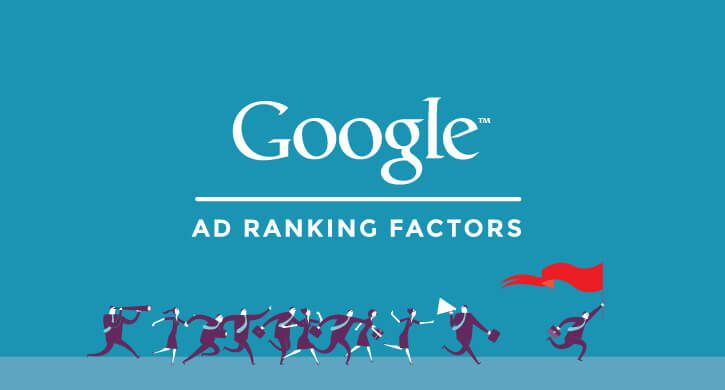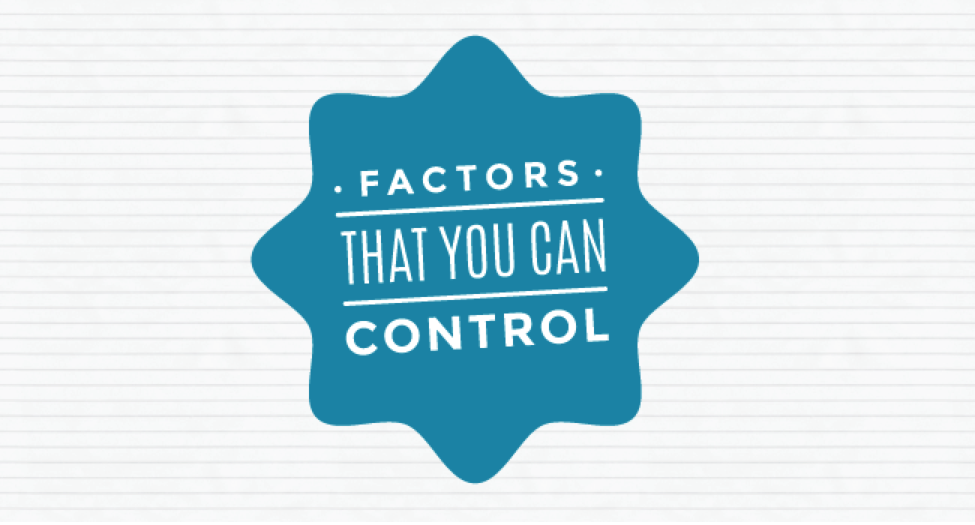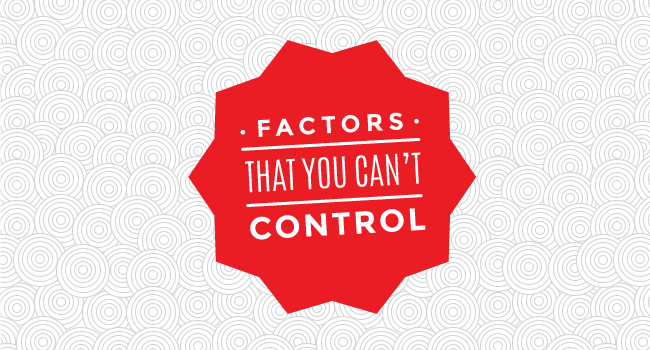
Google paid advertising is important – whether it’s Google Shopping or PPC. Having a campaign in Google AdWords is a great way to get immediate, consistent traffic with ads specially targeted to users interested in your products or services. Whether you’re a brand new business trying to get the word out, or an established store looking to expand into different realms of marketing, shopping feeds and PPC advertising are a great way to meet your business goals.
So how does paid search marketing work? What are the nuts and bolts behind what ads get shown on search result pages? Anyone that has shopped online has probably figured out that Google doesn’t show every online store that sells a particular product. Instead, Google picks and chooses which ads and products to show by running an algorithm each time a search is conducted. This algorithm weighs many factors of your site and products with the search terms used, and then ranks your site based on those factors.
Google doesn’t give away the recipe for their secret sauce, so even an AdWords veteran won’t be able to tell you exactly everything that goes on behind the scenes. However, there are many things we do know about this almighty algorithm, and having knowledge about which factors a merchant can and cannot control will go far in shaping campaign and marketing strategy. The topics contained within this blog are going to be presented with a focus on Google Shopping and thus will be geared towards google shopping, but there is also information that will help traditional PPC campaigns out there as well. With that in mind, let’s get started!

Your Daily Budget and Product Bids
It is a plain and simple fact that while AdWords exists to help merchants advertise their websites, at the end of the day Google wants to make money. This means that a campaign’s daily budget and bids play the most important role in determining whether or not a specific site or product gets exposure. All other things equal, Google is going to favor the merchant that’s willing to open their wallet a little more. Additionally, be mindful of product bids. Because the campaign operates on a cost-per-click basis, once your daily budget is reached, Google will no longer show your products for the rest of the day. This means that a campaign with a low daily budget and high product bids may get great exposure during the morning hours, but if the budget is reached by midafternoon, that campaign will be turned off until the next day. It is important to monitor campaign budget and bids to ensure that your campaign attains optimal reach and frequency. In order to get some traction, expect to devote at least a few hundred dollars a month towards your AdWords campaigns.Other AdWords Settings
When creating a campaign in AdWords, merchants have the ability to customize many campaign settings which have an effect on how Google promotes their products. Advanced settings such as location targeting and ad scheduling allow merchants to pick and choose where and when their ads will show. AdWords also gives users the ability to view performance and change bids based on device, offering an added level of customization. Some of the coolest and most interesting tools at your disposal come in the form of custom automated rules, which give a huge amount of flexibility, allowing merchants to do things such as change the campaign budget, pause or enable campaigns, or alter max CPC bids when specific actions occur. By utilizing campaign settings and custom rules with advanced analytics, a merchant could greatly alter how the Google algorithm interacts with their products and campaign, maximizing their return on investment.Product Titles and Descriptions
We’ve talked about product titles and their impact on shopping feeds before. I always advise my clients that product information is crucial to being paired with search terms in Google Shopping. The way that shopping feeds work means that we aren’t bidding on keywords, but instead the way we cast a wider net is to give product pages some TLC and focus on having really descriptive, content-heavy product titles and descriptions. The information that appears in these areas have a huge impact in determining site and product relevancy, and can be the difference between a well preforming campaign and a floundering one.Negative Keywords
As I mentioned above, shopping feeds do not utilize keywords - but in a somewhat confusing twist, negative keywords are still highly important and should not be overlooked. If your shopping feeds campaign is a block of marble, negative keywords are the chisel used to chip away unwanted areas, until you’re left with a beautiful work of art. By using negative keywords, the merchant is able to tell Google where not to show their products, further ensuring high quality traffic that converts into sales.Submitting All Relevant Product Data
When putting together your product data feed file, content is very important. It really cannot be overstated. Google lists out required and recommended attributes for Google Shopping, and we advise filling out as many applicable recommended fields as you can. Color, size, gender, and brand information will only help.Submission Frequency
A product feed in Google Shopping will expire after 30 days, but if possible, submit your data feed daily. Your file must reflect accurate inventory, stock, and pricing information to avoid being suspended. For this reason, submitting frequently ensures that all information is fresh and up-to-date. Google also rewards sites that submit frequently, as it is a sign of added credibility and trustworthiness.Site Uptime and Load Time
This is one that some people might not think of initially, but click-throughs impact Google’s algorithm. Traffic is important , so we want to keep people on the site. Ensure your site’s user interface and user experience are top-notch. It’s an indirect way to help ranking, as Google rewards sites that generate and keep consistent traffic. Additionally, if your site goes down frequently for maintenance or is slow to load, Google may have issues crawling and accessing your pages, and users may become frustrated and leave.Follow Google’s Rules and Play Nice
Be sure to stay up to date with Google’s shopping policies, quality guidelines, and editorial guidelines and make sure your campaigns fall in line. Breaking Google’s rules is a surefire way to get a headache.
Now that we’ve gone over the big and small ways you can manipulate Google’s algorithm, it’s time to identify the factors that are beyond your control. In the interest of setting realistic expectations as well as knowing where to focus your energies, keep these things in mind.
Competition from Other Merchants
Sadly, Google paid search does not operate in a vacuum. A (sometimes harsh) reality of entering the AdWords game is that the competition can be stiff. If there’s a big competitor out there that controls a large part of the market, don’t expect to reach their level, at least not right away. They most likely are able to operate with a larger marketing budget, and their sites have normally been around for a long time and are very creditable. Don’t try to beat these competitors, but rather set realistic, attainable goals.Changes on Google’s Policies
Google is constantly changing everything. All the time. Sometimes this can have an impact on shopping feeds campaigns, like when Google announced a new dangerous products policy in September of last year, which effectively prohibited the promotion of airsoft and paintball guns and accessories on Google Shopping. I personally had a few clients that were affected, and had to terminate their AdWords campaigns. Luckily, far-reaching changes like that are rare, but it’s certainly possible that Google will make more changes in the future.Customer Demand for Your Products
It’s a reality of doing business - people need to be willing to buy what you’re selling, otherwise you won’t be selling for very long. Shopping feeds and PPC campaigns are great ways to generate traffic to your site, but even the best campaign cannot generate demand. It is a very important distinction that all merchants should consider.Customer Demand for Google and Google Shopping
Surprisingly, not everyone uses Google or Google Shopping, and of the people that do, not all of them click on ads. Paid search campaigns should be part of a greater marketing plan for your business. Utilize as many marketing channels as possible in order to maximize revenue streams.How Much Google Promotes Product Search
The degree to which Google promotes product search will vary by industry. It is possible that the type of products your store sells do not get as much exposure as other product categories. Consider preforming a few searches in Google to see which type of results appear on result pages.That concludes our lesson! Keep all these things in mind, as knowledge of the Google algorithm will definitely help you prioritize your goals and help set your campaigns up for greater success. The world of paid search is always changing, but Volusion is here to help! If you have any questions or concerns about shopping feeds, leave a comment below. And if you are interested in starting up a campaign of your own, feel free to reach out to shopping feed management experts.












